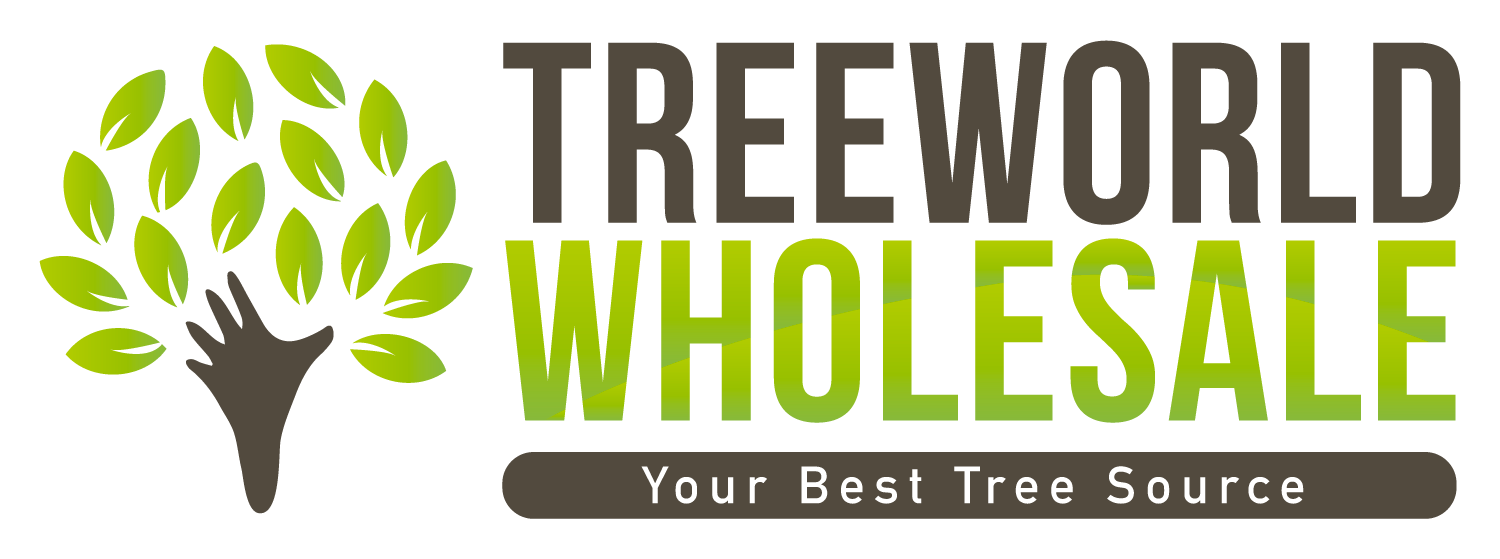Trees and fertilizer, how does it work? Most likely once a garden turns a year, fertilizer application may begin; in order to achieve vigorous growth, and bountiful flowering and fruiting. Furthermore, it is important to keep in mind that older trees in a garden also benefit from regular fertilizer applications. This is because, basically, the nutritional needs of a tree relate to the individual tree species; and to the deficiencies of the soil, which for example in South Florida tend to be calcareous and excessively alkaline.
The most challenging situation in South Florida is to plant a tree which naturally prefers acidic soils. In such an instance, modifying the soil pH is the most important action to take for tree health. Most trees grow well in soils with a pH of between 6 and 7.5 (neutral soil has a pH of 7). If soil analysis reveals a pH above 7.5, we highly recommend to lower it by making it more acidic. A safe and inexpensive chemical to use is granular sulfur, with at least 3 months between applications. Mulching the ground surface around the tree with sphagnum peat, is another effective alternative. Adjusting the soil pH may be as important as fertilizer application in achieving healthy vigorous tree growth.
Trees and fertilizer
Plant fertilizer content is a mixture of (N) nitrogen, (P) phosphorous and (K) potassium; the three major nutrients required for plant growth. Labels of commercial fertilizers for trees commonly contain a set of three numbers (e.g. 10-10-10, meaning each element, N P and K, representing 10% of the total weight of the bag). In Florida, there is no phosphorous in most fertilizers because as it may contribute to algal blooms in the ocean.
Plant Fertilizer Methods of Use
Basically a a gardener the choice of three basic forms of fertilizer:
One, slow-release granular fertilizer. This method is easy and economical. Fertilizer grains are spread around the base of the tree at about the outer limit of the canopy, in the area of feeder roots. At each rainfall or watering event, the roots take up a bit of the fertilizer. The recommendation is to apply granular fertilizer, three times per year in spring, summer and fall.
Two, controlled-release fertilizer, which is basically through the sprinklers closer to the trunk in the slow- release mode. So it will not burn the tree. Perfect for small planting spaces and within groundcover plantings. As the fertilizer activates by a combination of water and warm temperatures. The recommendation for this form of fertilizer is ideally three or four times a year, limiting applications to the warmer months.
Three, water-soluble liquid fertilizer. The advantage of liquid fertilizer is its rapid uptake by the tree. One of the common uses for this fertilizer is encourage flowering and more vigorous leaf production. Prior to application of liquid fertilizer, the tree first should be given a good watering, drenching the base and waiting about 1 hour. Then the liquid fertilizer is sprayed on the ground. Or the application may also be directly on the leaves. To be most effective, application should be carried out about once per month during the warm season.
Best tree fertilizers – TreeWorld Wholesale Recommendation
A general fertilizer recommendation, applicable to South Florida, for the more than 200 species of trees or shrubs in the TreeWorld inventory is a product with a content of 7-0-7 NPK.



